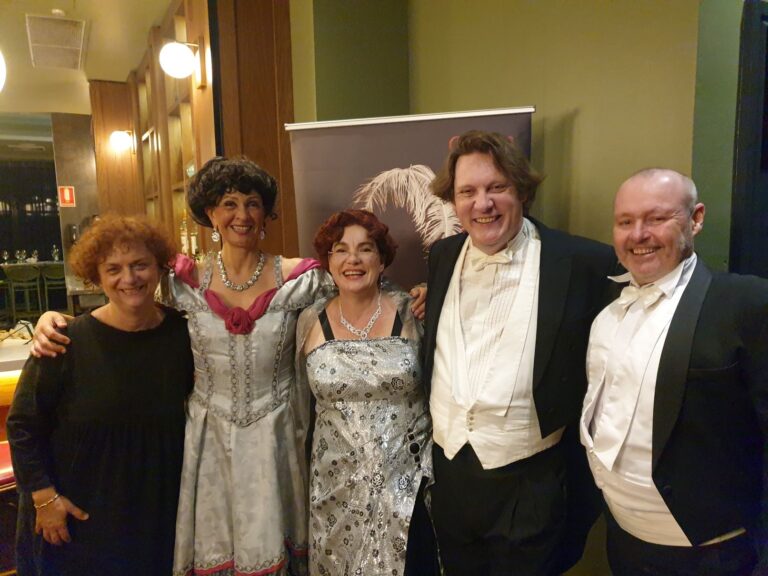
Wireless hotspot
Glebe’s sesquicentennial celebrations continued in style last weekend, with Sydney Lord Mayor Clover Moore officially relaunching one of the suburb’s most significant buildings, the Wireless House.
The house was redesigned and ‘re-purposed’ by sculptor and sound artist Nigel Helyer. As part of his design, stainless steel perforated screens in the shape of a radiation pattern adorn the four walls of the house.
Mr Helyer and his team installed activating sensors inside the building that trigger audio material as visitors approach the house. The audio materials were sourced from radio programs aired while the house was active.
Audio and text materials will also be available via BlueTooth, allowing visitors within a 20-metre radius to pick up programmes on their mobile phones.
The Wireless House has also been updated with 21st-century ‘wireless’ technology, and will offer free Wi-Fi internet and email access to park visitors, as well as providing a comprehensive website featuring oral histories, and archival sound materials.
“His brilliant idea for the Wireless House sees it reborn as an art installation that echoes its original function as a public listening room,” said Cr Moore at the launch on Saturday.
The small plain brick building was built in 1934 in HJ Foley Park on Glebe Point Road. A wireless set was donated by Grace Bros and placed inside the house, allowing local people who couldn’t afford to buy their own sets access to a radio.
From 1934 to the 1960s, the building operated from 10am to 10pm every day and drew crowds of up to 100 people.
“I think that is so fabulous – instead of just sitting in our houses, as we do today, people would come down to the park, be part of the community, and listen to their programs,” said Cr Moore.
Artist and oral historian Julia Burns assisted Mr Helyer in the project. She said the house provided important services to Glebe’s poorer residents during the depression years, providing a radio to people who could not afford one. “You had the timber yards over here, so a lot of dock workers would come at 6am to listen for news of jobs going at Darling Harbour. You had people who would listen to the races – bookies would mill around the house listening for what their horses were doing,” Ms Burns said.
As the economy grew stronger, more people could afford to buy radios for their own homes. This saw the Wireless House diminish in popularity, eventually seeing it abandoned and converted to a storage shed.
Ms Burns hopes the relaunching of the house will see a return to its glory days.
“In order to celebrate the communal and social history of this structure Nigel decided it would be a good idea to broadcast radio serials and other radio content that you would have heard when this was initially in operation,” she said.
“This hopefully can bring people back outside to share that experience again, so they can share that communal tool but being also together.”
by Ehssan Veiszadeh









